BirdLife in the Middle East: highlights from 2017 and hopes for 2018
Guest blog from Ibrahim Khader

The beginning of each year brings with it optimism, setting of new goals and hopes to achieve them. It also allows time to reflect on the previous year’s achievements and successes and to learn from past experiences to be better. For conservationists, it’s the time to recognizing existing and expected challenges to conserve Biodiversity and setting up objectives to overcome these challenges is a continuous and relentless effort. This is no different in the Middle East for both conservationists and conservation organizations, many of which are BirdLife Partners or affiliated organizations.
The Regional Partnership in the Middle East recognizes that the Illegal Killing of Birds continues to be the main direct threat to bird species, populations and sites in the region. Direct threats from the energy sector and the expansion of renewable energy development are emerging and expected to be the second most worrying threat to birds if avoidance and/or mitigation measure are not in place. Other indirect threats include the loss of habitats mainly on coastal sites, transformation of inland wetlands and changing landscapes.
Highlights from 2017
Despite the political challenges in the region, the partnership has achieved great conservation results either directly or in cooperation with other BirdLife regions and partners. We are particularly proud of the following.
- Publishing and launching the Arabic Birds of the Middle East by Porter and Aspinall.
- The Peace Treaty with migratory Birds in Lebanon with the support of the BirdLife Partner, the Society for the Protection of Nature in Lebanon.
- Publishing the first of its kind in the region, the Key Biodiversity Areas of Iraq
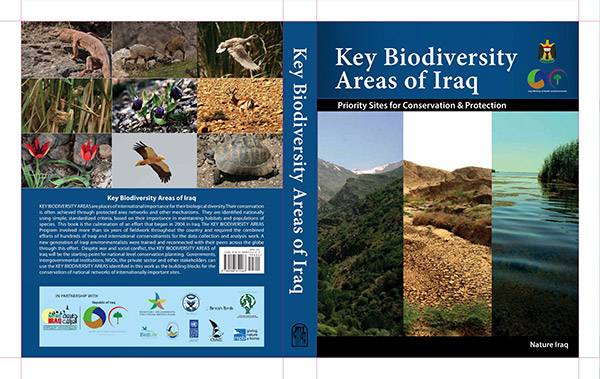
- BirdLife will be running a second phase of the Critical Ecosystem Partnership Fund with a grant of $1O million to help civil societies in the Mediterranean region protect important and threatened habitats.
- Assessing the scale of Illegal killing of birds in the Arabian Peninsula, Iran and Iraq, with the support of OSME
- To tackle illegal killing, the MAVA Foundation funded and launched the Safe Flyways programme.
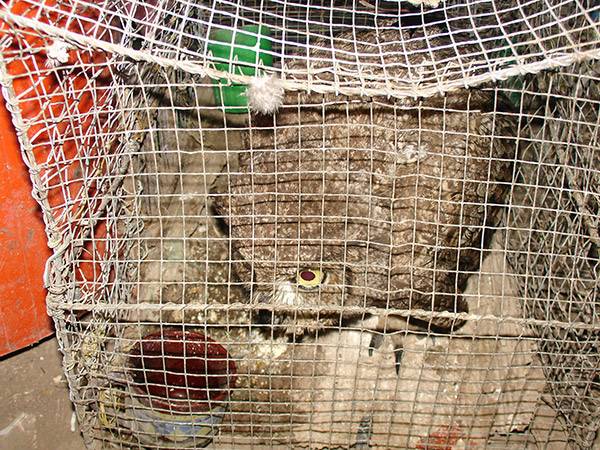
- MAVA also funded a project to reduce impacts caused by the Energy sector.
- The Egyptian Vulture’s future is looking a little less grim with thanks to a €5.8 million LIFE grant. The programme will be led by the Bulgarian Society for the Protection of Birds (BirdLife in Bulgaria).
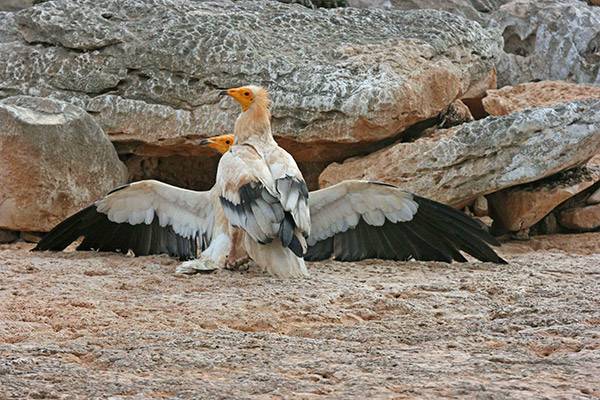
- The MAVA Foundation made the first major grant into our brand new Capacity Development Fund to benefit 12 BirdLife Partners around the Mediterranean region.
- The second tranche of finance for the GEF/UNDP Migratory Soaring Birds programme was secured.
- A survey of the wintering grounds of the Sociable Lapwing was undertaken in Saudi Arabia in autumn 2017.
Outlook for 2018
Many of the achievements of 2017 will continue through 2018, some of spanning over five years. Many will surely open new opportunities for conservation action. Here are some priorities for the Middle East Regional Partnership and Secretariat that we will be facilitating throughout the year.
- 2018 will be in the third year of cooperation between OSME and BirdLife. This year we will celebrate the launch of the App of the Arabic Birds of the Middle East, which will be free to download on all mobile phones
- Publish the report, Assessing the Illegal Killing of Birds in the Arabian Peninsula, Iran & Iraq and prepare an action plan for addressing this very serious problem.
- Update the Important Bird and Biodiversity Areas (IBAs) of the United Arab Emirates and initiate an update of IBAs in the Kingdom of Saudi Arabia.
- Promote an analysis of the status of coastal wetlands in the Arabian Peninsula.
- Assess the status of IBAs in Syria.
- Implement a programme of capacity development opportunities to help BirdLife Partners in the Middle East.
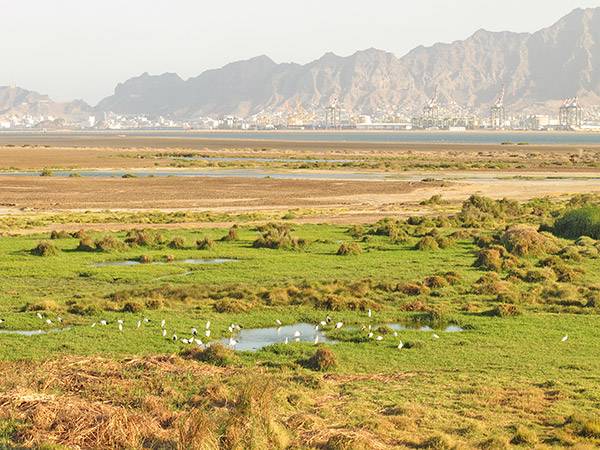
- With the support of the Royal Society for the Conservation of Nature (the BirdLife Partner in Jordan) convene a Global Summit for the Flyways. This will be held in Abu Dhabi in association with other major conservation organization. The purpose of the summit is to mobilize leading thinkers and actors in the conservation of flyways to share experiences, advance actions and set agendas. We hope that this will help make flyways safer for migratory birds and enhance the conservation of important sites and habitats which provide vital services for birds and people.
May I end this short account with warm wishes and congratulations to OSME in its 50th year. BirdLife is proud to have such a close relationship.
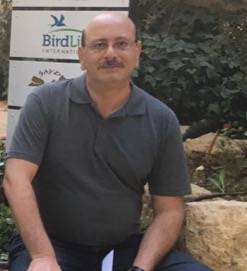
Dr Ibrahim Khader has been the Regional Director for BirdLife Middle East Office since 2006. With a background in biology, he started his career in 1993 with the Royal Society for the Conservation of Nature (BirdLife in Jordan) as one of the earliest university volunteers in biodiversity conservation in Jordan. He was also a member of the team that undertook the first biodiversity baseline surveys for Dana Biosphere Reserve. Before joining Birdlife, Ibrahim worked for IUCN, the Ministry of Environment in Jordan and the University of Jordan.
